Some places you travel just feel good immediately – for me, Yogyakarta, Indonesia was one of them. Known locally as Jogjakarta (or, more often, simply “Jog-ja”), Yogyakarta is one of Indonesia’s most-visited cities in spite of its relatively small size, due to the wealth of attractions that exist in and around it.
The number of things to do and see in Yogyakarta can make deciding how much time to spend here intimidating, to say the least. If you’re headed to Indonesia and haven’t laid out a specific Yogyakarta plan, use this three days in Yogyakarta itinerary as a starting point for your exploration of central Java.
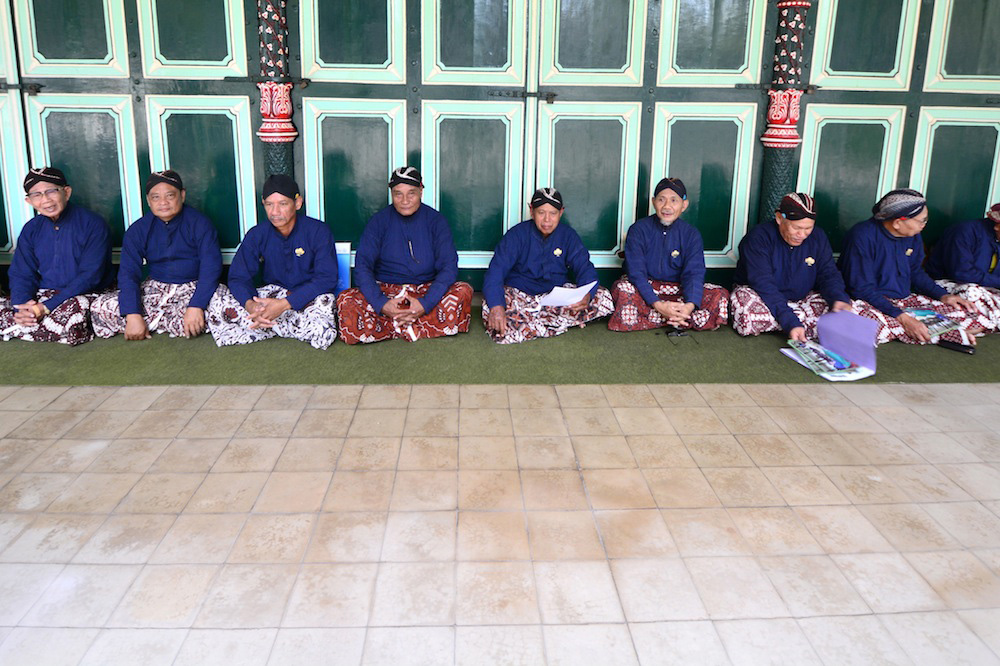
Day 1: Welcome to Jog-ja
No matter where in Indonesia you’re coming from, you’ll feel a unique sense of arrival upon getting to Yogyakarta, which most locals call “Jog-ja.” This is as much because of the incredible energy here as it is Yogyakarta’s status as a special region, a fact that has its roots in the Dutch colonial period and the local sultan – but more on him in a minute!
Use the first of your three days in Yogyakarta to settle in with the vibe of the city. Check in at cozy Hotel Ampoeng Djawa, a boutique guest house built in a traditional Javanese style, then explore delicious local eateries along Prawirotaman Road, the backpacker-friendly street where it sits.
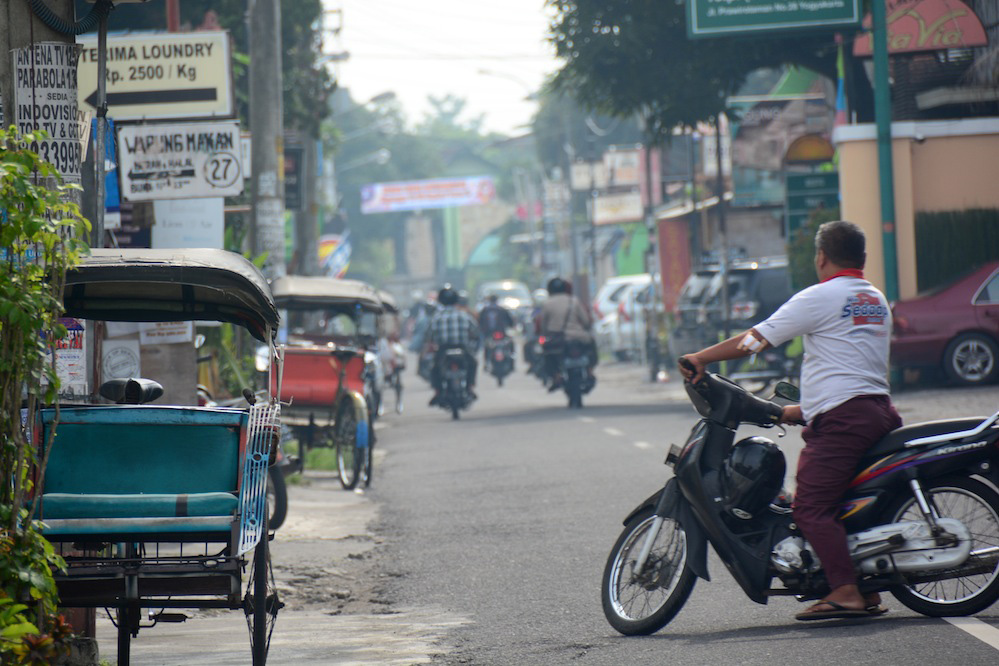

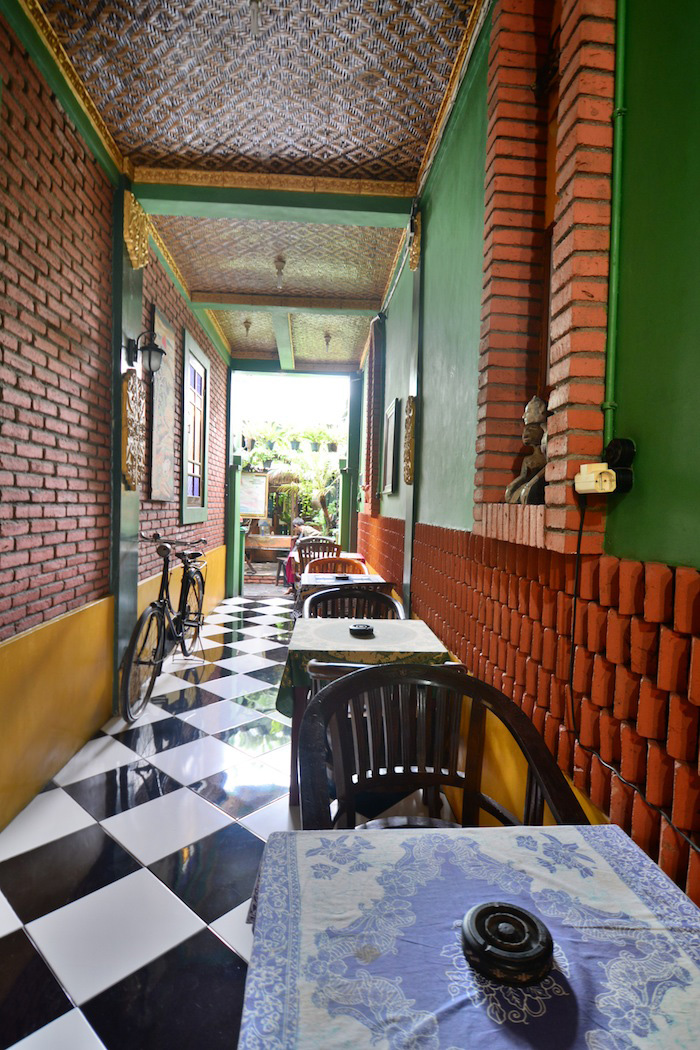
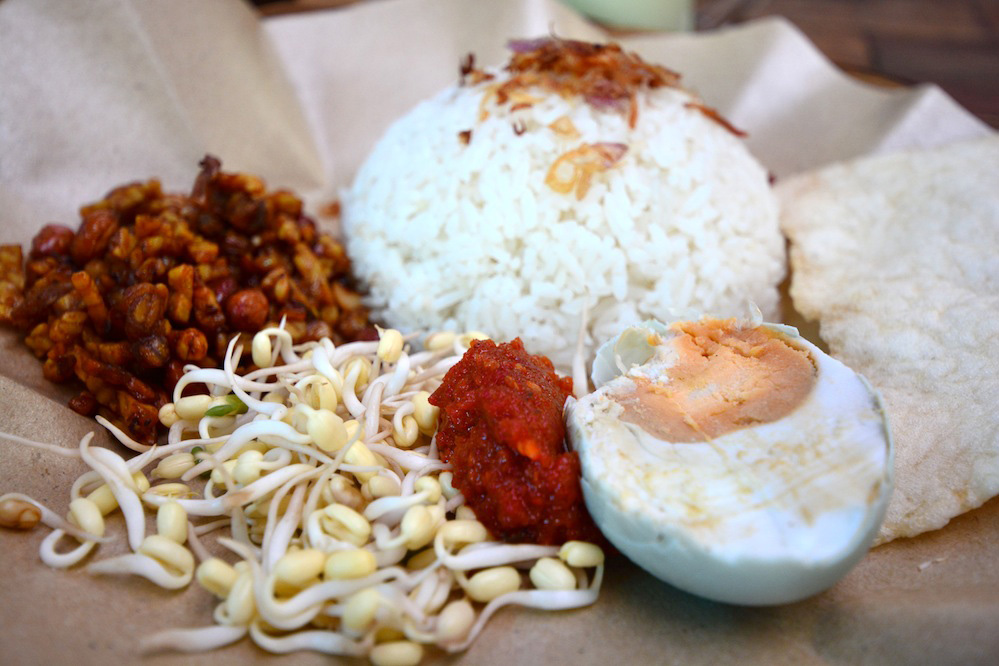
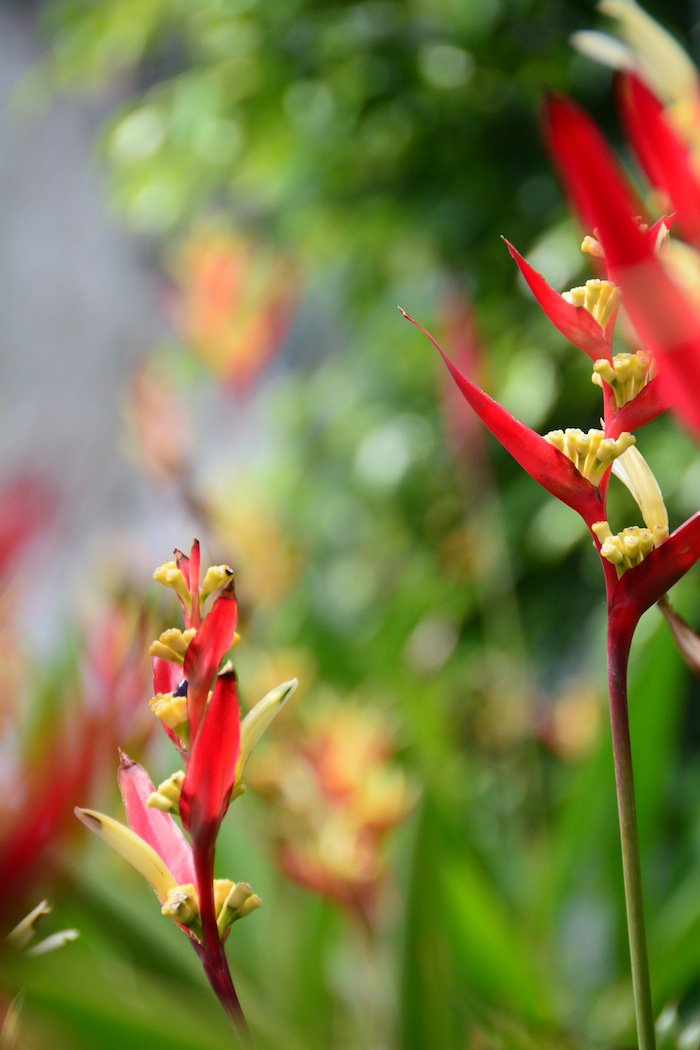
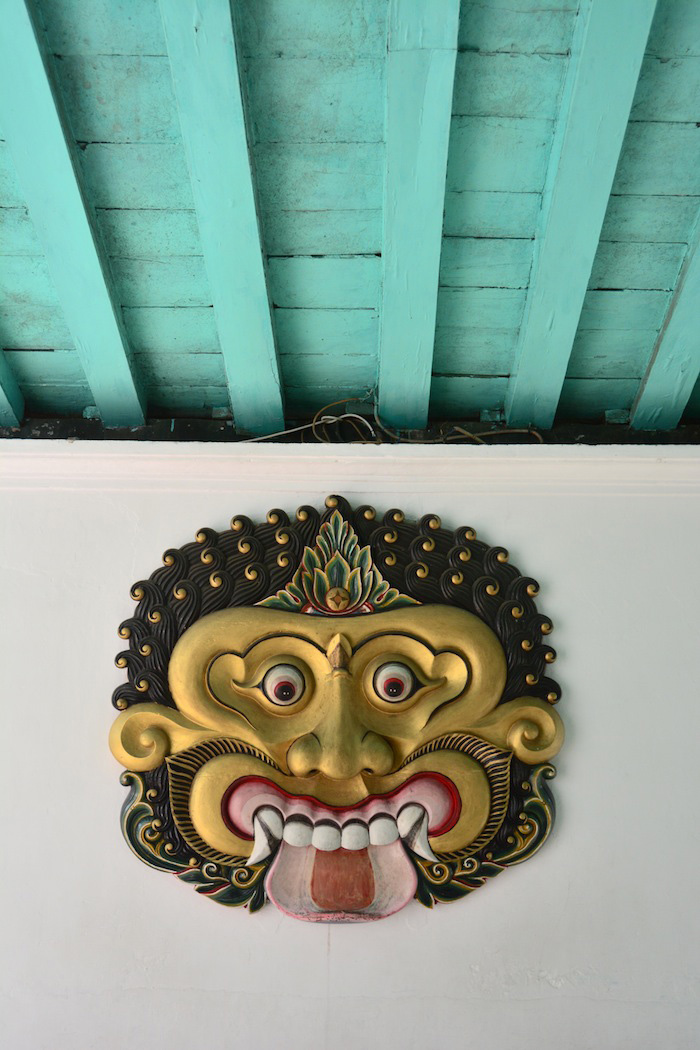
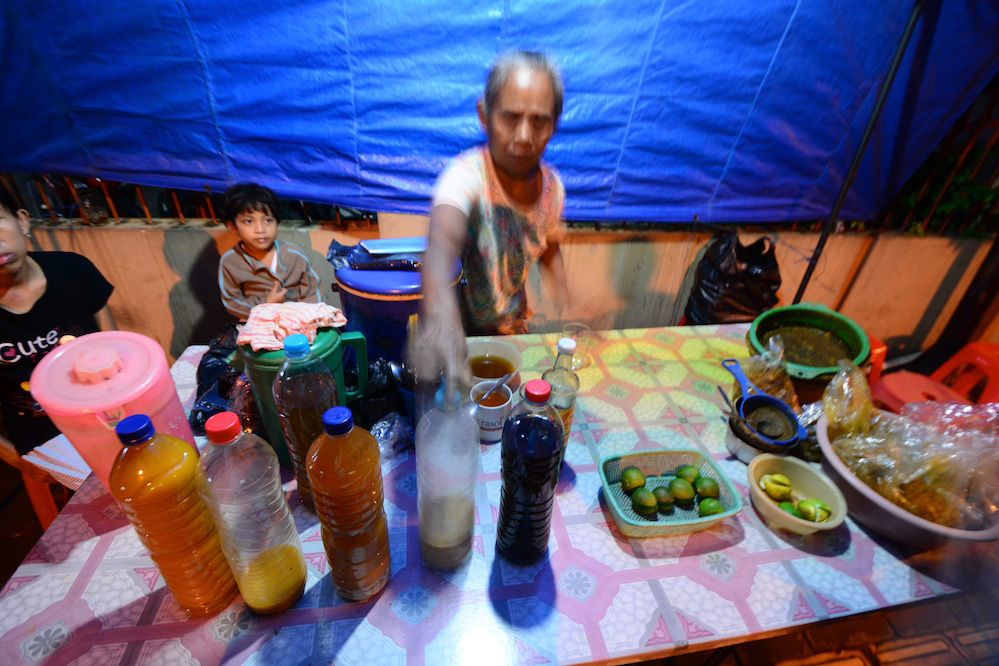
My favorite restaurant on Prawirotaman Road is Warung Heru, which serves up Javenese specialties like Nasi Rowan, a rich beef noodle soup, as well as pan-Indonesian favorites like Mie Goreng. Make sure and chat with the restaurant’s owner, a woman who told me to call her “Wahyu” (she insisted her actual name was too long for me to remember), who’s got a lot of interesting stories to tell, particularly about her son, a local rockstar.
If you’re feeling especially adventurous, ask a local to direct you to the nearest Jamu stall, where a medicine woman will prepare a healing, herbal elixir for you. Try and get to sleep as early as possible though – you’ve got a lot to see on your second of three days in Yogyakarta!
Day 2: Live Like a Sultan
Remember how I mentioned earlier that Yogyakarta is ruled by a sultan? His residence, the Sultan’s Palace or Kraton, is also the central attraction of Yogyakarta – the city is literally built around it! Hire a becak cycle rickshaw (call my friend Rubio at 087 8484 51076 if you want a really awesome guide!) and head for the palace starting from 8:00. Make sure and take your time exploring – it’s huge!
After you’re finished at the palace, take a walk over to the Taman Sari water palace, which served as the sultan’s holiday getaway in the 18th century. Home to sparkling baths where sultans of centuries past frolicked with as many as 100 virgins at a time, an open-air mosque known as the “Stairway to Heaven” and a 27-mile tunnel that leads all the way to the sea, it’s definitely a can’t-miss spot.
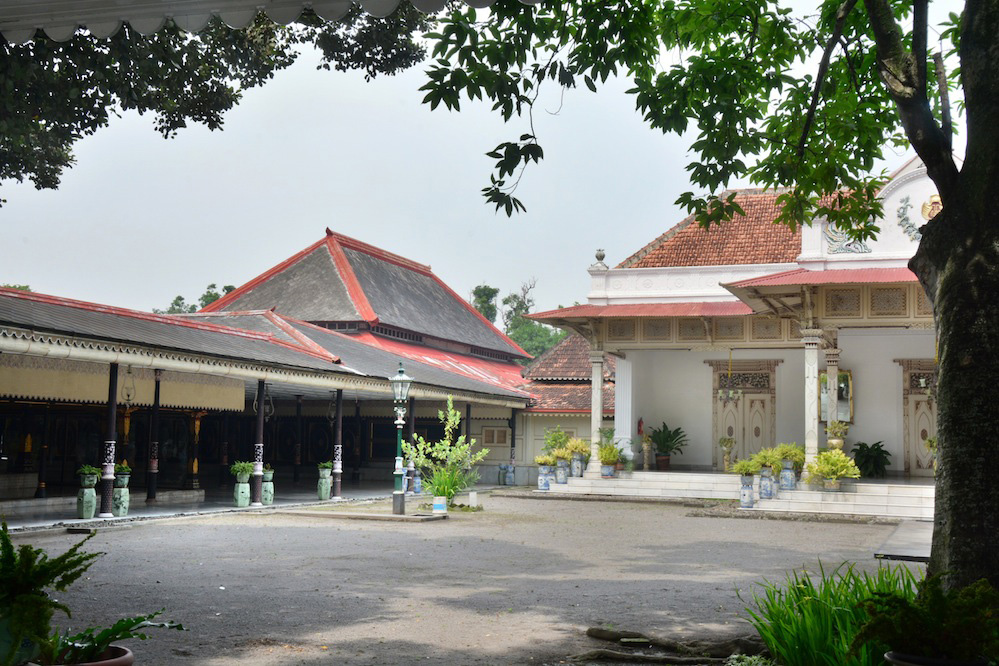

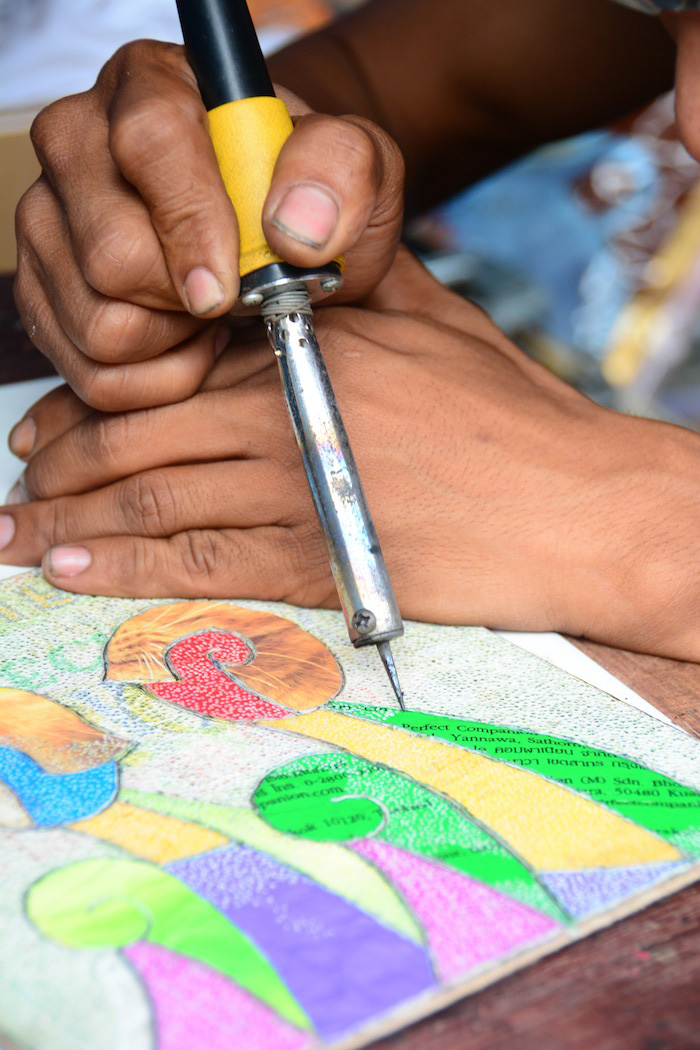
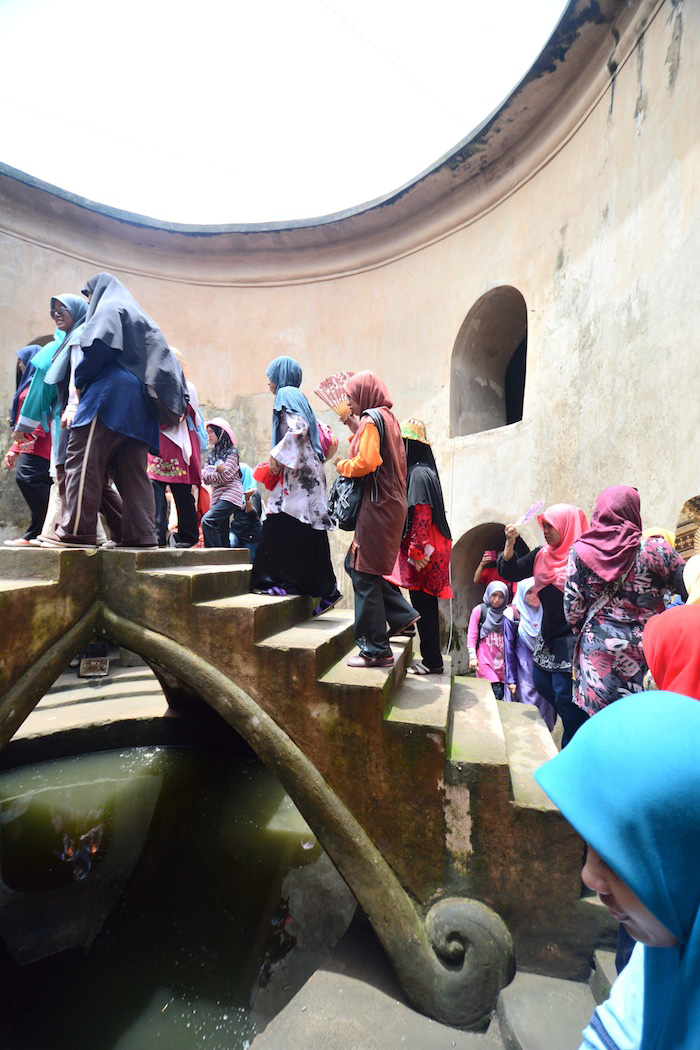

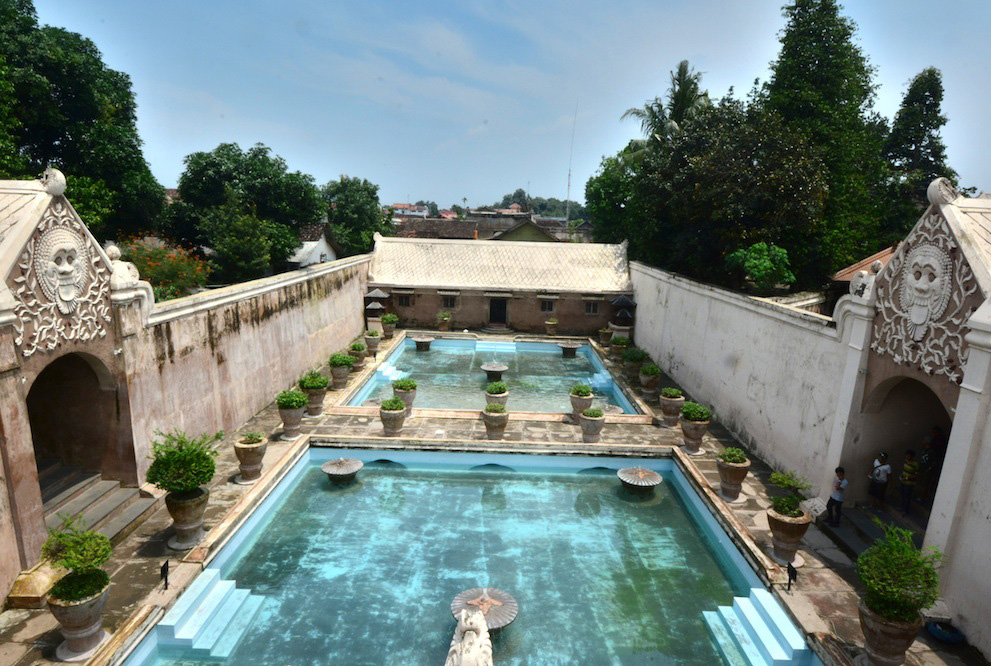
Speaking of things you can’t miss in Yogyakarta, you’ll also want to make sure and ask someone to direct you to Taman Kt I/240 Rt. 42 Rw. 10, where a man named Uwuh and his wife are taking on Indonesia’s trash problem with a decidedly artistic solution.
Or, if you’re into more traditional local art, have your becak driver take you to the Kota Gede silver village. This area of the city is huge (and, if you explore it extensively, you’ll realize there’s a lot more to it than handmade silver), so make sure your driver waits for you while you’re there.
Day 3: The Wayback Machine
Yogyakarta’s city center is filled with history that’s impressive and, by any stretch, pretty darn old. But if you want to get the full story on Central Java’s past, head out to Prambanan and Borobudur, a pair of temples that are each about an hour away from the city center. (Hotel Ampoeng Djawa, or wherever you choose to stay, can organize a very affordable transfer for you.)
Although both temples date to the ninth century, their stories are decidedly different. Prambanan, which is also a great spot to take in a traditional Ramayana ballet if you have the time, was built to honor the principle Hindu gods, while Borobudur is one of the world’s largest Buddhist temples. Both are UNESCO world heritage sites and are absolute must-sees in their own right.

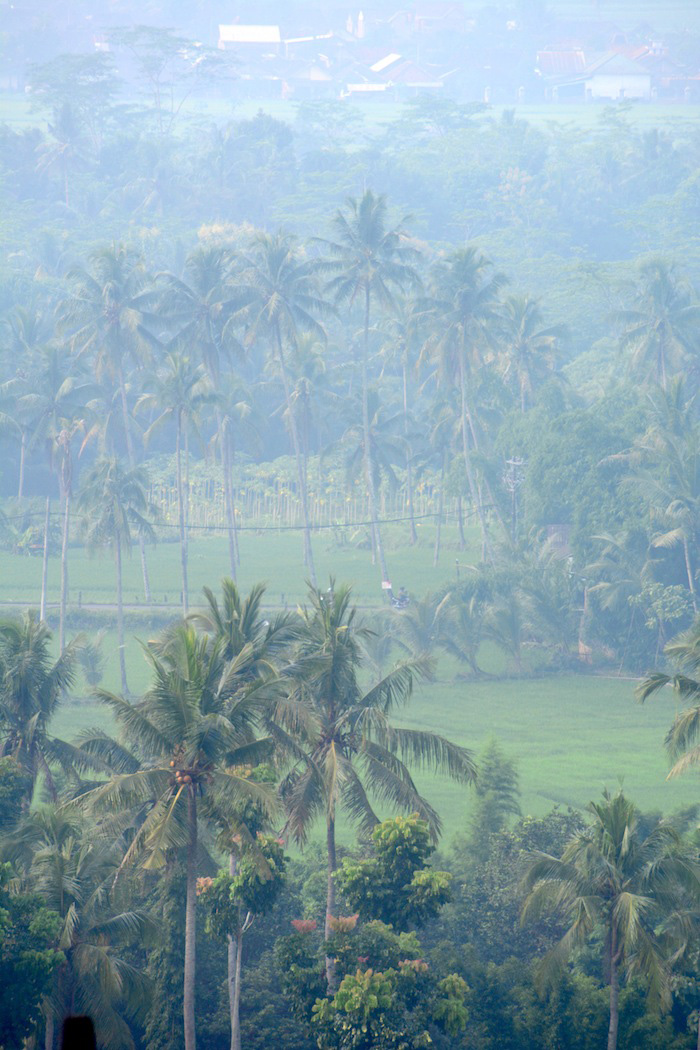

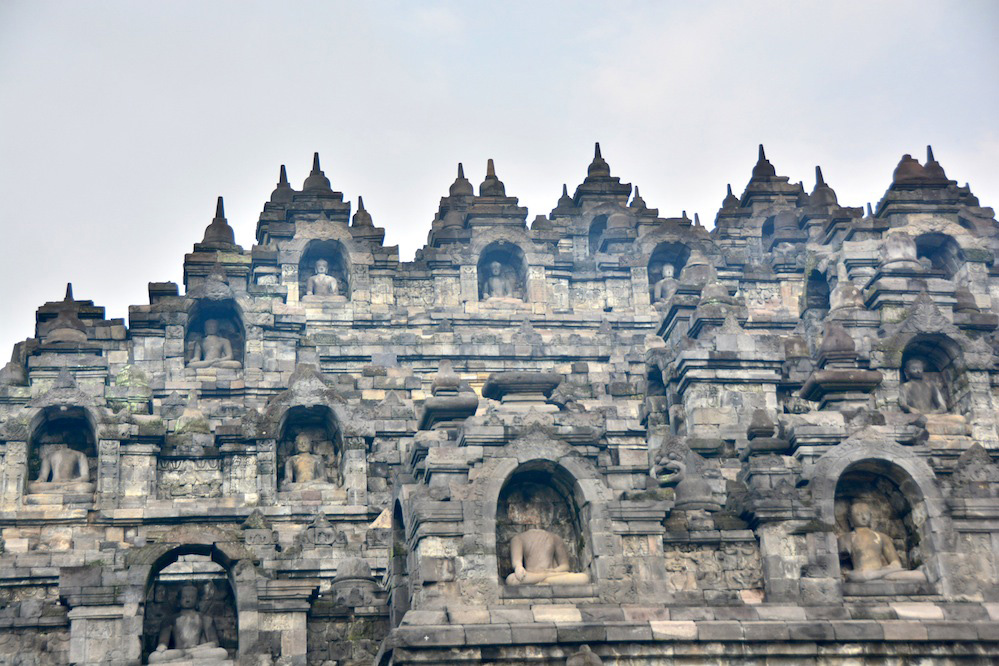
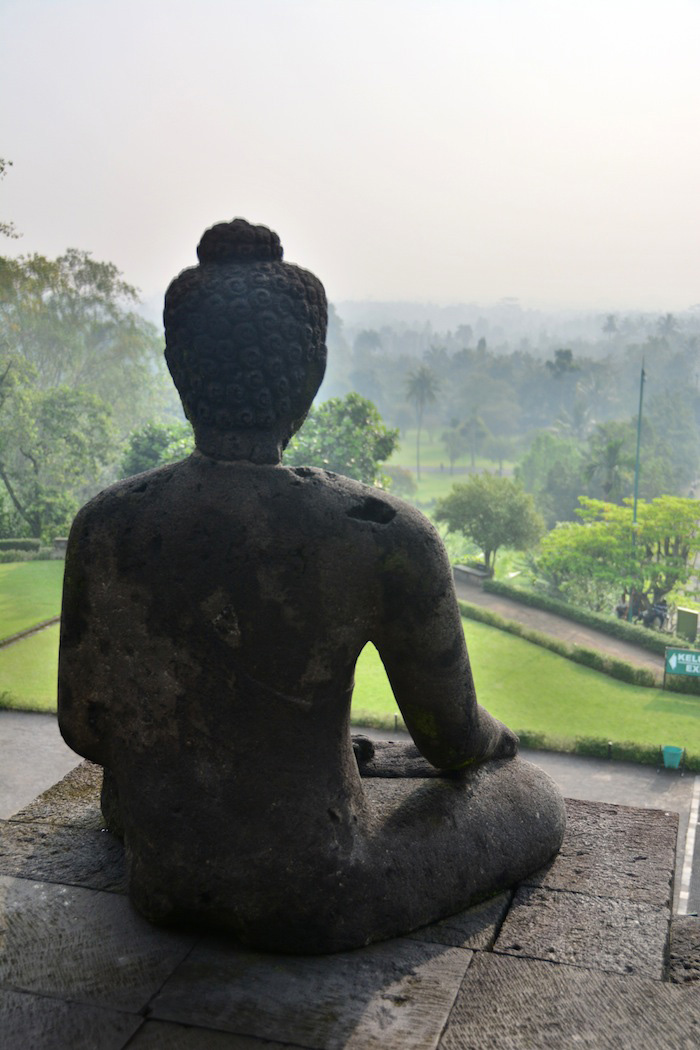
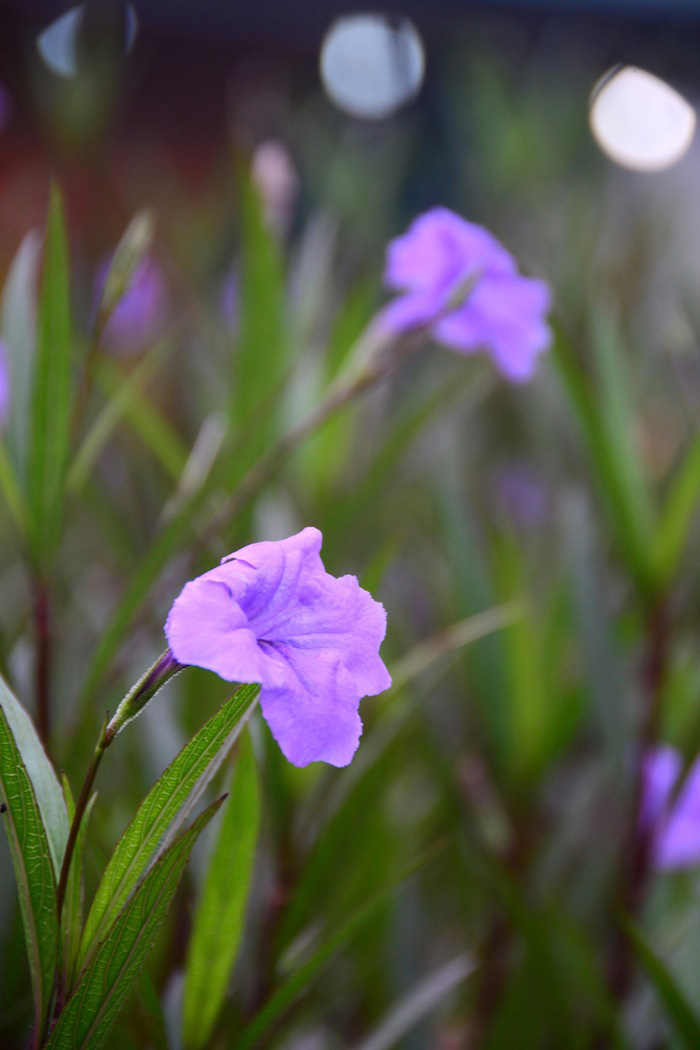

If your interest in local history around Yogyakarta also includes that of the geological short, pay a visit to nearby Mount Merapi, an active volcano that last erupted in 2011. Click here to read about another nearby volcano that erupted during my three days in Yogyakarta!
Alternatively, If you want to continue exploring Indonesia’s Dutch colonial past, take a stroll around Bebteng Vredeburg in the city center, which is full of buildings that could just as well have been built in Amsterdam. However you spend your three days in Yogyakarta, you’re sure to leave wishing you had three more. There’s something about this place that’s impossible to resist!

Robert Schrader is a travel writer and photographer who’s been roaming the world independently since 2005, writing for publications such as “CNNGo” and “Shanghaiist” along the way. His blog, Leave Your Daily Hell, provides a mix of travel advice, destination guides and personal essays covering the more esoteric aspects of life as a traveler.








